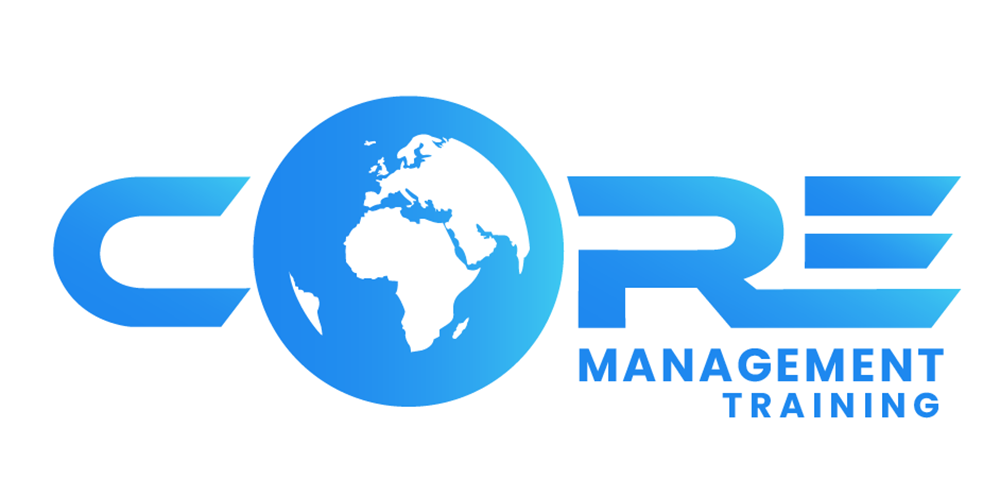In today’s fast-paced and ever-evolving business landscape, Learning and Development (L&D) is no longer a luxury but a necessity.
However, the challenge lies in implementing effective L&D strategies, especially when working with limited budgets. This blog addresses key questions that HR professionals, Learning and Development Leaders, and business leaders face in optimizing their L&D initiatives.
The first hurdle most organizations face is budget constraints. It’s crucial to understand that effective L&D is not always about having a big budget but about smart allocation and maximizing available resources. Five key strategies for maximizing budget dollars include the following:
- Assessing training needs accurately.
- Aligning L&D with organizational goals and culture is vital for ensuring that training programs are relevant and impactful.
- Leverage Technology.
- Focus on essential skills.
Utilizing government grants and funding.

Assessing Training Needs
Assessing the needs of the organization is an important 1st step to determine organizational needs. Many use the ADDIE model. ADDIE is a framework widely used in the field of instructional design and training development. It’s an acronym that stands for five key stages: Analysis, Design, Development, Implementation, and Evaluation. To conduct an assessment, utilize the internal HR information available to gain insights into problematic areas. Here are a few data points to review:
- Performance review data can highlight areas where employees may need additional training. Also conducting an analysis can provide insight into the quality of coaching and feedback that employees receive.
- Employee Surveys and Feedback: Engagement surveys can provide a great deal of insight into challenges within the organization around engagement. You can also create an assessment focused on training needs within the organization. Direct feedback from employees can provide insight into what training they find valuable or lacking.
- Industry Trends: Stay updated with industry-specific skills and knowledge requirements, ensuring your workforce remains competitive.
A more formal needs analysis can be conducted using survey tools and/or conduct stakeholder interviews.
Align Training to organizational business objectives
Aligning training needs with organizational goals and business objectives will increase the opportunity to ensure that training gets conducted. Clearly define what your organization aims to achieve and how L&D can support these goals. Tailor training content to reflect your organization’s values, work ethics, and specific industry needs.

A great tool to accomplish this objective is an Impact Map, which accomplishes this by linking training, work performance, and organizational goals.

These maps can be critical tools to help HR and learning leaders have a seat at the table to drive the performance needed for business results.
Leverage Technology
Utilize cost-effective e-learning platforms and tools like EdApp for microlearning. These platforms often offer scalable solutions that can fit various budget sizes.
These platforms typically provide scalable solutions adaptable to different budget sizes. Moreover, they often feature interactive elements like quizzes and games that enhance engagement and retention. There are also tools like Polls Everywhere, Miro, Padlet that enhance virtual and instructor lead training to make it more interactive.

Focus on Essential Skills
Prioritize training that aligns closely with your core business needs. This ensures that even with limited resources, the most critical areas are covered.
This strategic approach ensures that, despite resource limitations, you invest in developing competencies that are directly relevant to your business objectives.
This could include specialized technical skills unique to your industry, or essential soft skills like leadership and communication that support organizational culture and efficiency. By focusing on these key areas, you maximize the impact of your training efforts, ensuring that your workforce is well-equipped to meet current and future business challenges.
Utilize Government Grants and Funding
Explore government or sector-specific funding opportunities for workforce training, which can significantly reduce financial burdens. Each state has workforce development initiatives that collaborate with colleges, vocational schools, and training centers.

Check the criteria needed to get grants for training from the state. These programs can vary widely across states, with some offering more comprehensive or targeted initiatives tailored to specific industries or geographic regions.
Effective L&D is about strategic planning, leveraging the right resources, and aligning training with the organization’s core values and objectives. By addressing these key questions, HR professionals, L&D and business leaders can create impactful L&D programs that not only fit their budget but also foster a culture of continuous learning and growth. Remember, the goal is to empower your workforce, turning challenges into opportunities for development.



